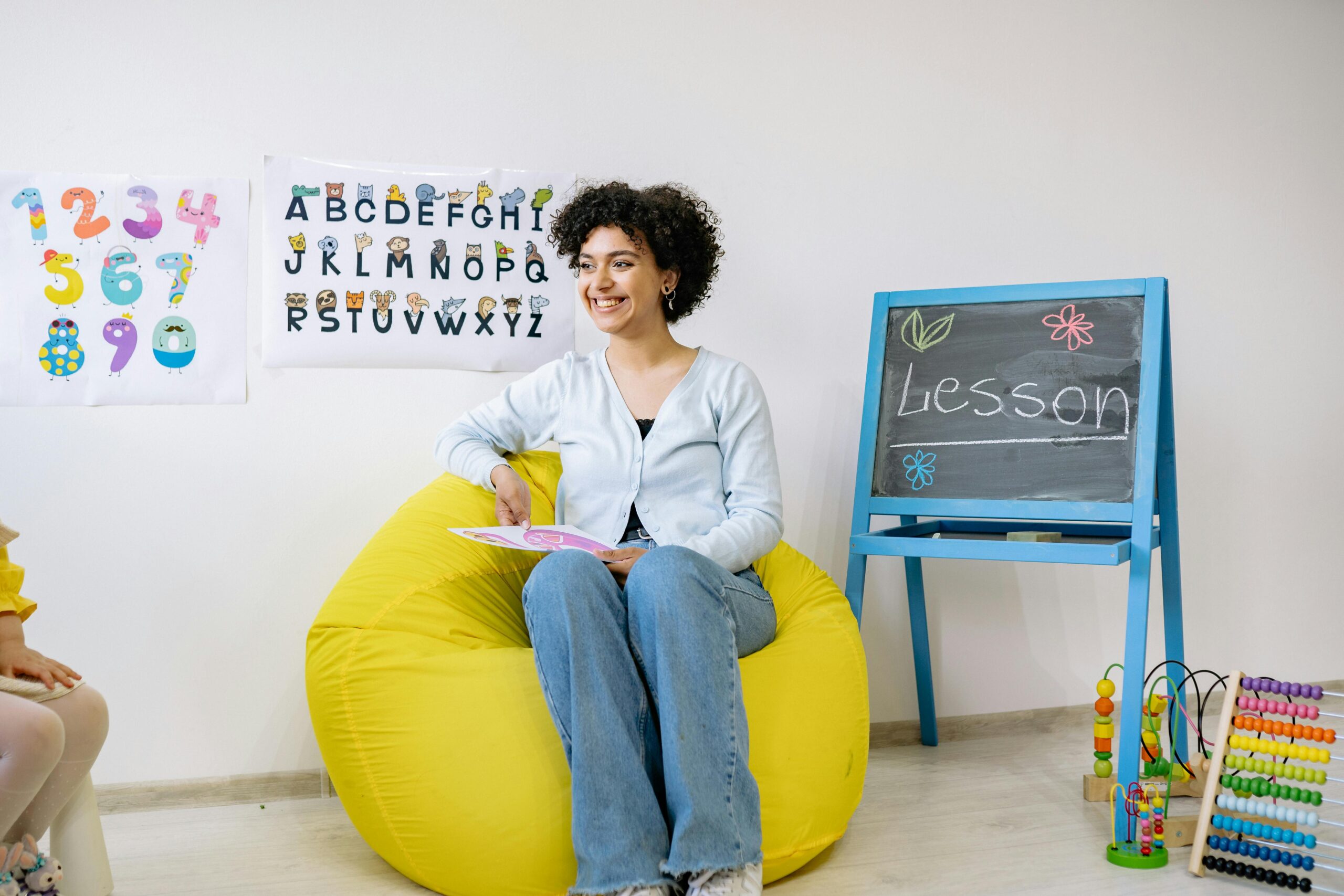
The Connection Between Kids’ Happiness and Their Expectations
By Tim Elmore
Members of Generation Z, by and large, have been raised by parents or guardians who’ve prioritized the importance of happiness. What parent doesn’t want their kids to be happy? We talk about this subject so much that there are bestselling books, webinars, and even university courses on it.
But today’s population has bought into a lie about happiness that shows up on campus.
The Connection Between Happiness and Circumstances
Whether you’re a parent, teacher, or a school leader, I’m sure you’ve thought about how happy your young people are. Here’s the interesting thing. When we study history, going back thousands of years, we see that our human circumstances have improved greatly. With increased survival rates and age spans, life has become more efficient, safer, and easier. By almost every measure, I would assume our happiness levels would have also increased. After all, the “pursuit of happiness” shows up in the Declaration of Independence.
Interestingly, our happiness levels have not gone up.
The data shows that, at best, happiness levels have remained stagnant among cultures for centuries. And over the last two decades, our happiness levels have dropped, especially in industrialized nations. The World Happiness Report is issued by the Gallup organization and other partner groups. According to this report, some of the places that have it best, register lower happiness rates. In fact, many impoverished or third-world countries enjoy higher happiness levels than the U.S. So, our reality and circumstances have improved greatly, but our happiness has often declined. There is no real connection.
So, how do we explain what’s happening?
What Determines Happiness?
As I review the results, I can only draw one conclusion, and I’ve been writing about this for 20 years. It’s obvious when we take a step back, but only a few of us have the time to do that and capture a big picture perspective. Let me summarize my conclusion in a phrase:
Happiness is not an issue of circumstances. It’s an issue of expectations.
It only makes sense that if kids are not happier as life has gotten better, the issue must surround something on the inside, not the outside. I believe that issue is what we expect from society. What do kids feel entitled to experience at our school or home? Imagine a teen is scrolling Instagram where they discover the amazing stuff others are enjoying. They experience FOMO and don’t want to miss out on the greener grass. They enter their college years and careers feeling behind. What we’ve seen informs what we expect. A study was done on people who lived on or below the poverty line in Iowa and Los Angeles. What the researchers discovered was telling. Those who were poor in Iowa led happier lives than those who were poor living in L.A. Why? After digging deeper, researchers discovered that the Iowans lived among others who didn’t possess much so they didn’t feel poor. Their standard of living was normalized. Those in L.A., however, were measurably less happy. Could it be that in that city there is such a contrast in affluence levels? People see Hollywood stars or the rich and famous living twenty minutes away and experience FOMO. If they see all this so close to home, they have a greater tendency to expect it in their own life.
We Must Help Them Navigate Their Expectations
I believe teachers, coaches and leaders help themselves by clarifying realistic expectations from the beginning of a class, season, or year. Then, we must explain to students why those expectations are realistic. The best way to lower the amount of tension you feel with a student is to align everyone’s expectations. Consider these statements:
1. Satisfying students is pretty much about managing expectations.
When Abby joins a team and expects autonomy and agency from fellow students, but she’s never played on a team, she may unwittingly feel confined or distrusted. Someone must explain to her that teamwork requires mutual accountability from everyone.
2. Teens cannot be disillusioned unless they are first illusioned.
When I meet a disillusioned member of Gen Z, it’s often because they were launched into a project with an illusion that it would be easy, that people would be nice, that their days would be fun, etc. That’s a quick path to disillusionment. When communication and expectations are clear, we lower the probability of students being disillusioned.
3. Conflict is created by the distance between expectations and reality.
If I tell my wife I’ll be home at 7 p.m. for dinner and I come home at 7:10 p.m., it’s no big deal. If I return home at 9:30 p.m., we’re going to have a discussion. It isn’t because she can’t live without me for two and a half more hours; it’s the expectation I created. So, it is with us. The sooner we clarify expectations, the more we can avoid conflict with students.
When Luxuries Become Necessities
Here is what we are up against as we lead kids today. A cursory study of history reveals what happens to human beings as society makes progress: luxuries tend to become necessities. What our great grandparents viewed as an “extra” we now see as an essential. Years ago in the early 1970s, people were surveyed and asked how many items they needed to survive. Respondents said they had 35 necessities. Forty years later that same survey was given, and people reported they had 300 necessities.
We must help students manage their expectations and distinguish between an essential and a luxury to be grateful for. Expectations, not circumstances, dictate our happiness.




